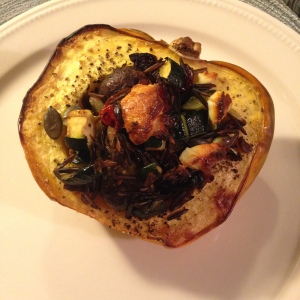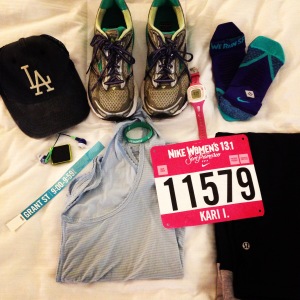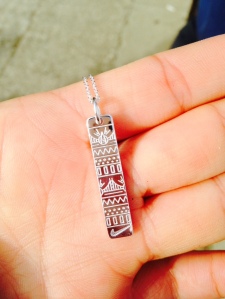
My boyfriend and I love charcuterie nights. On our first date we split a charcuterie and cheese board- talk about a great way to get to know someone. We bonded over beautiful board of olives and prosciutto and manchego and since then we’ve maintained our hot and heavy relationship with cured meats and delicious cheese. Our dating relationship is going okay too 🙂
One thing that every twenty something should know is how to put together a good charcuterie and cheese board. Here are my tips:
- It starts with a good cutting board. I like dark wood that looks aged and unique, drawing attention to your spread.
- Charcuterie and cheese. My favorite charcuterie is an aged peppered salami. I try to choose one that is locally produced, with no nitrites, and ethically sourced (if possible). My cheese choices run the spectrum- a creamy, melty brie or a sharp grass fed cheddar. I also will pick a cheese if the name is interesting, a very scientific approach.
- Accoutrements. My go to is whole grain mustard, artisanal jam (I have an amazing blackberry lavender jam that I bought when I lived in New Hampshire), along with olives, mini pickles, local dates, or truffle honey.
- The crackers. As a dietitian, I feel it is my duty to get people to eat more fiber so I choose a whole grain cracker with at least 2 g of fiber per serving.
To celebrate my love of charcuterie and cheese boards, I am teaming up with Crunchmaster crackers to offer one follower a 6 variety pack of Crunchmaster Gluten Free Crackers. These crackers go great with charcuterie and cheese but are also a great gluten free option for snacking. I like to bring whole grain crackers and hummus or cottage cheese to work as a mid-day pick me up.

These crunchy crackers are full of whole grain goodness. In my sample pack I received:
- Multiseed Crackers
- Multigrain Crackers
- 7 Ancient Grain Crackers
My favorite were the Mulitgrain Crackers. The serving size was 16 crackers which provided 3 g of fiber and 23 g of carbohydrate. I would recommend them to my diabetic patients for snacks or meals because it would allow them to feel satisfied with a lower impact on their blood sugars. I also liked their light, crisp bite that paired well with my go to dip (cottage cheese with olive oil, black pepper and Hawaiian Red Sea salt).
Here’s how to enter the GIVEAWAY-
1) Follow me on Instagram (@kari_on_nutrition)
2) Tag a friend and post your favorite cracker combination in the comments. If you post a photo on Instagram of your cracker combination, you will receive 2 entries! Be sure to use the hashtag #KariOnNutritionGiveaway and tag me in the photo (@kari_on_nutrition).
3) Winner will receive a 6 variety pack of Crunchmaster gluten free crackers.
Giveaway will end July 3rd.
Here are some helpful links if you want to try Crunchmaster for yourself!
http://www.facebook.com/crunchmaster
https://twitter.com/luvcrunchmaster
http://pinterest.com/crunchmaster/
Here is a link to a coupon so you can try Crunchmaster!
http://crunchmaster.com/coupon.aspx
Disclosure: Crunchmaster sent me crackers to sample. All opinions expressed are my own. I was not compensated financially for my opinions, featuring Crunchmaster on my blog, or offering the giveaway.


















